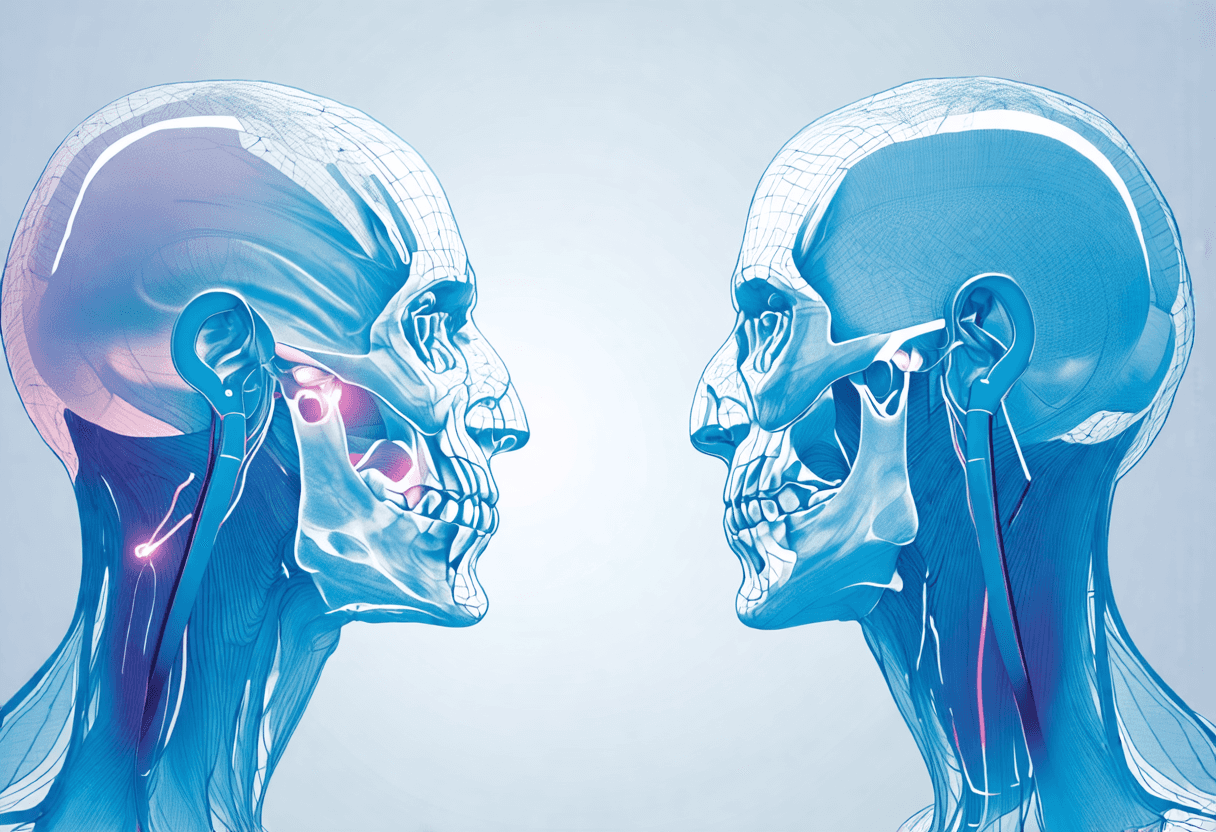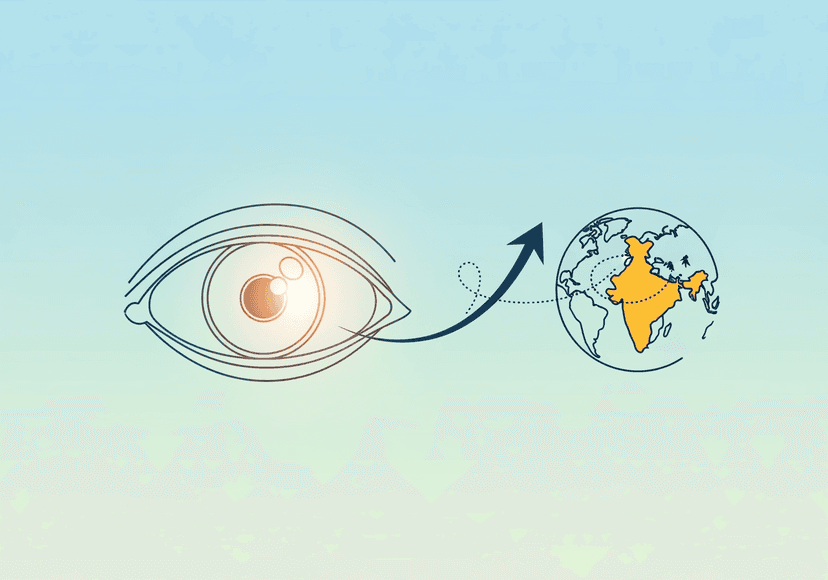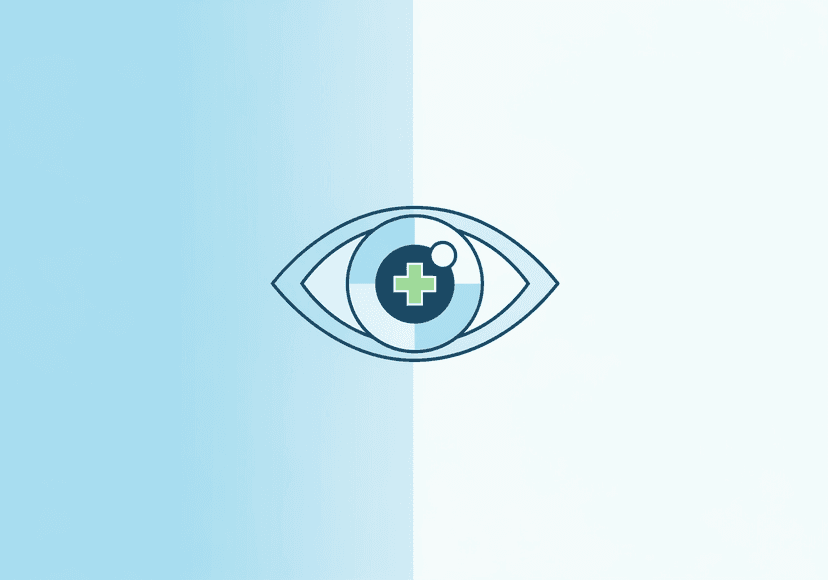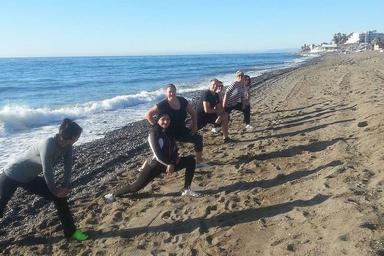
Correcting Varus Deformation: A Patient's Journey
18 Nov, 2024
 Healthtrip
HealthtripImagine waking up every morning with a nagging pain in your knees, a feeling that only worsens as you go about your daily routine. For many individuals, this is a harsh reality, one that stems from a common orthopedic condition known as varus deformation. Characterized by an inward angulation of the knee, this condition can significantly impact one's quality of life, making everyday activities a struggle. But, with the advent of medical tourism and specialized healthcare providers like Healthtrip, individuals can now access corrective treatments and regain control over their lives.
Understanding Varus Deformation
Varus deformation, also known as bowleggedness, is a condition where the knee joint curves inward, resulting in an abnormal alignment of the legs. This can lead to uneven wear and tear on the joints, causing pain, stiffness, and limited mobility. The condition can affect anyone, regardless of age or gender, although it's more prevalent among athletes, individuals with a family history of the condition, and those who have experienced knee injuries. In severe cases, varus deformation can increase the risk of osteoarthritis, further complicating the situation.
Most popular procedures in India
The Emotional Toll of Varus Deformation
Living with varus deformation can be emotionally draining, as the constant pain and limited mobility can affect one's self-esteem and overall confidence. Simple activities like walking, running, or even climbing stairs become daunting tasks, making individuals feel like they're losing their independence. The emotional burden can be overwhelming, leading to feelings of frustration, anxiety, and depression. It's essential to recognize that varus deformation is not just a physical condition but also has a profound impact on a person's mental well-being.
Wellness Treatments
Give yourself the time to relax
Lowest Prices Guaranteed!

Lowest Prices Guaranteed!
Treatment Options for Varus Deformation
Fortunately, there are various treatment options available to correct varus deformation, ranging from non-surgical interventions to surgical procedures. In mild cases, orthotics, physical therapy, and bracing may be sufficient to alleviate symptoms. However, in more severe cases, surgery may be necessary to realign the knee joint and restore its natural function. Osteotomy, a surgical procedure that involves cutting and repositioning the bone, is a common treatment approach. In some cases, joint replacement surgery may be necessary to address any underlying damage to the joint.
The Role of Medical Tourism in Corrective Surgery
Medical tourism has revolutionized the way individuals access healthcare services, offering a cost-effective and convenient solution for those seeking corrective surgery for varus deformation. Healthtrip, a leading medical tourism provider, offers a comprehensive range of services, connecting patients with experienced surgeons and state-of-the-art medical facilities. By leveraging medical tourism, individuals can access high-quality care at a fraction of the cost, without compromising on their health outcomes.
A Patient's Journey: Correcting Varus Deformation with Healthtrip
Meet Sarah, a 35-year-old marketing executive who had been struggling with varus deformation for years. Despite trying various non-surgical interventions, her condition continued to worsen, affecting her daily life and overall well-being. After researching medical tourism options, Sarah discovered Healthtrip and decided to undergo corrective surgery in India. With Healthtrip's assistance, Sarah was able to connect with a renowned orthopedic surgeon and access a state-of-the-art hospital. The surgery was a success, and Sarah was able to regain control over her life, free from the debilitating pain and limited mobility that had plagued her for years.
A New Lease on Life
Sarah's story is a testament to the transformative power of corrective surgery and the impact it can have on one's life. With Healthtrip's guidance and support, individuals can access life-changing treatments, regaining their independence and confidence. By addressing the physical and emotional aspects of varus deformation, individuals can rediscover their passion for life, free from the constraints of this debilitating condition.
Conclusion
Varus deformation is a treatable condition, and with the right guidance and support, individuals can overcome its challenges. By understanding the condition, its emotional toll, and the available treatment options, individuals can take the first step towards regaining control over their lives. Healthtrip is committed to providing a seamless and supportive experience for patients seeking corrective surgery, empowering them to reclaim their health and well-being. If you're struggling with varus deformation, don't let it hold you back any longer – take the first step towards a life free from pain and limitation.
Most popular wellness packages
Related Blogs

Long-Term Follow-Up After Eye Surgery
Detailed insights into eye surgery – doctors, hospitals, technology, recovery,

Healthtrip’s Transparency in Eye Surgery Pricing and Packages
Detailed insights into eye surgery – doctors, hospitals, technology, recovery,

Frequently Asked Questions About Eye Surgery
Detailed insights into eye surgery – doctors, hospitals, technology, recovery,

Advanced Robotic Technology Used in Eye Surgery
Detailed insights into eye surgery – doctors, hospitals, technology, recovery,

How Healthtrip Supports Foreign Patients for Eye Surgery in India
Detailed insights into eye surgery – doctors, hospitals, technology, recovery,

Top Medical Packages for Eye Surgery Offered by Healthtrip
Detailed insights into eye surgery – doctors, hospitals, technology, recovery,










